
Migraine headaches could seriously affect the persons’ health and work. About 10% of the world population suffers from this condition, and most of them are women.
Medications for migraine have certain effect, but in some cases drugs don’t relieve the troubles of the condition. Some of the used drugs have serious side effects, or have limitation for doses to treat migraine. These facts are the reason to perform surgical procedures in this condition.
Invasive Procedures
Invasive procedures for migraine treatment include surgical procedures to destroy the trigger sites or close the patent foramen ovale (PFO).
After the failure of usual medications for migraine, specialist may recommend a surgery for trigger site release. The first step is to identify trigger sites, located in the brain and in the nose of migraine patients. In the procedure, surgeon literally destroys those trigger sites, which leads to migraine improvement in almost 50% of the treated patients. So far, this procedure is approved to be performed on adult patients only. This surgical procedure is used to treat forehead, temporal and rhinogenic migraine headaches, as well as occipital migraine.
More than 20% of US population has PFO, which is an oval hole between the atria of the heart. There are different theories how PFO causes migraine. It may be the serotonin toxicity of the blood that enters the atria of the heart, microemboli that pass into the brain or the increase of atrial natriuretic peptide (ANP) that provokes migraine. Also, studies reveal that PFO and migraines run in the family.
Studies have shown that there is a link that connects migraine headaches with the existence of the PFO. Patients suffering from these headaches are 2 times more likely to have a PFO.
Surgical patching of the hole in the heart effectively prevents future migraine attack and usually has no side effects for the patients. The procedure is still invasive and recent studies emphasize caution.
Coherex FlatStent Closure System is a device designed to close PFO, fixing the hole and integrating into the heart tissue. Another device for PFO closure is CardioSEAL. It is folded into a catheter and opened in the heart like an umbrella, fixing the existing hole. Yet another device was developed for the same reason. It is called Amplatzer ASD septal occlude device, and it works on almost the same principles as CardioSEAL.
There are some clinical trials (Premium trial, ESCAPE) still ongoing, which main objective is to test the efficacy of the PFO closure to prevent migraine headaches.
Non-invasive Procedures
Botox injections (Botulinum neurotoxin) are sometimes used as the migraine treatment. The American Academy of Neurology (AAN) did not make any recommendations for the use of Botox in migraines, but studies show that some patients might have positive effects.


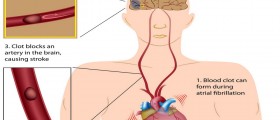


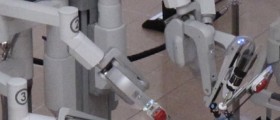
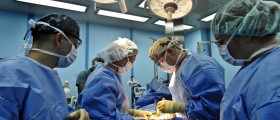




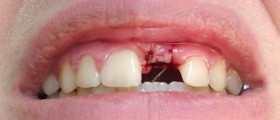


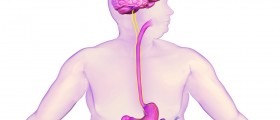


Your thoughts on this
Loading...